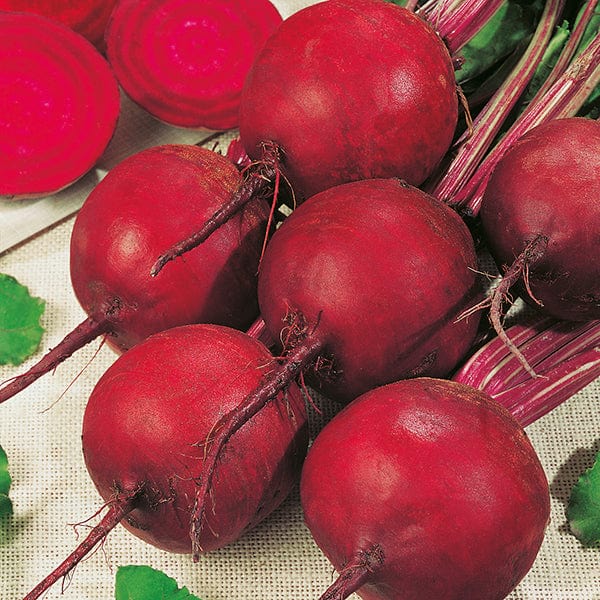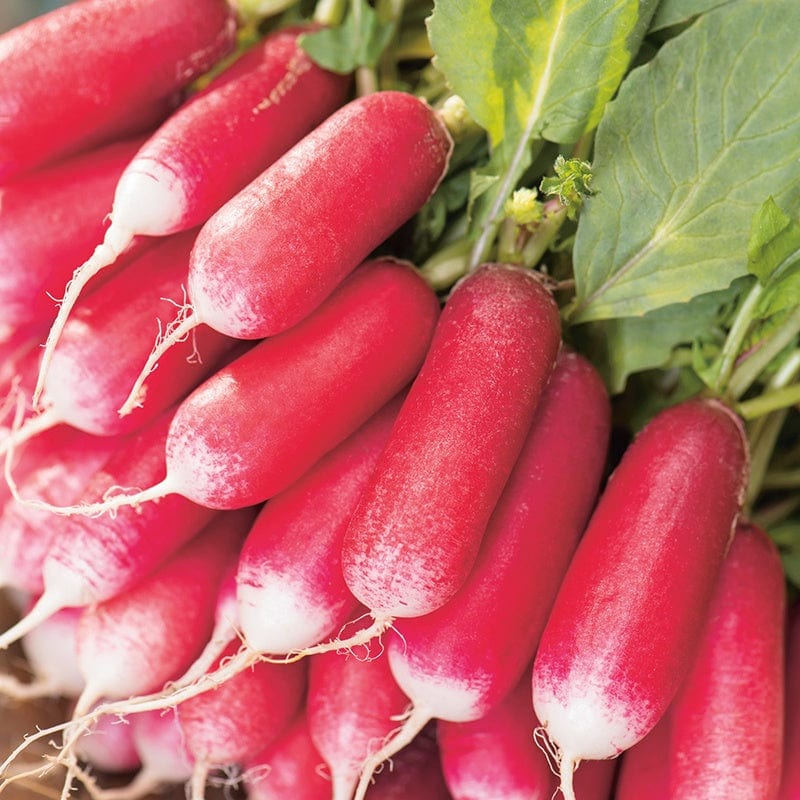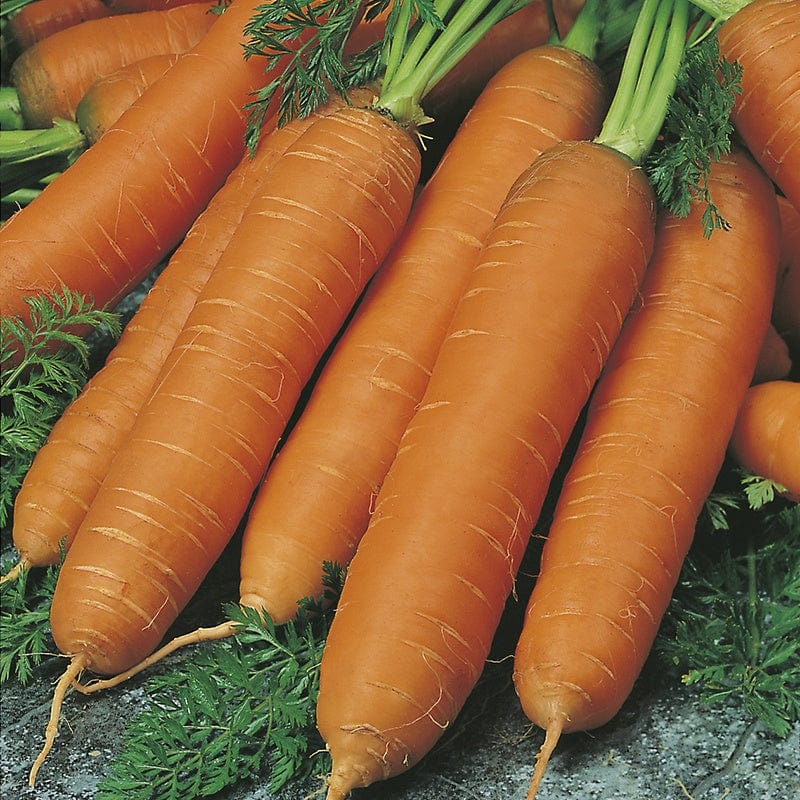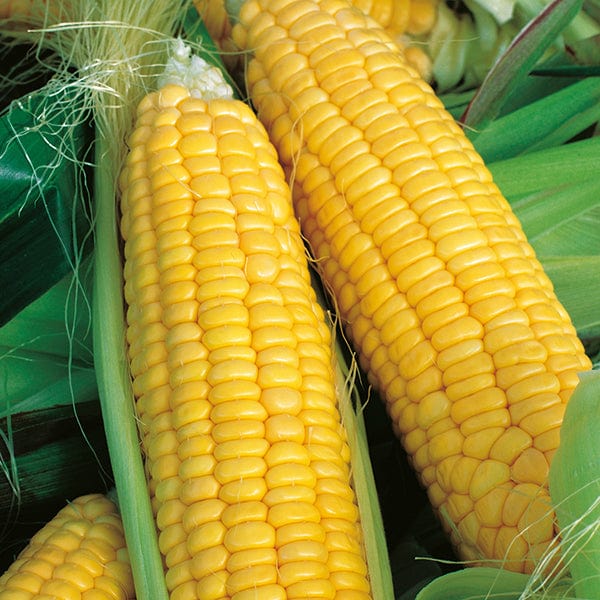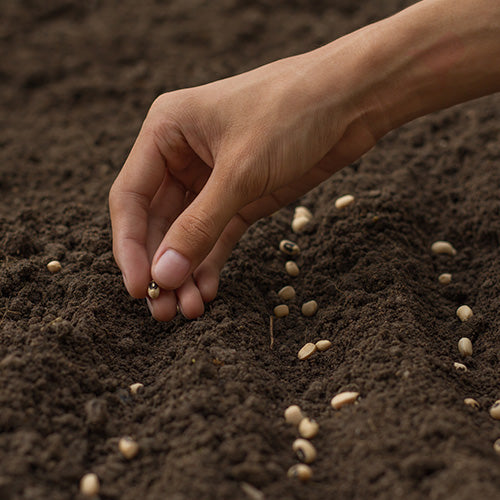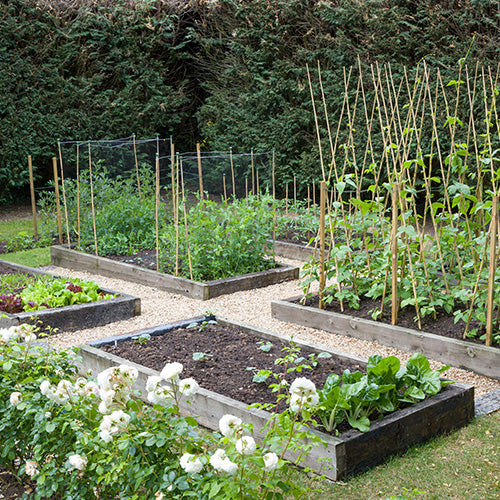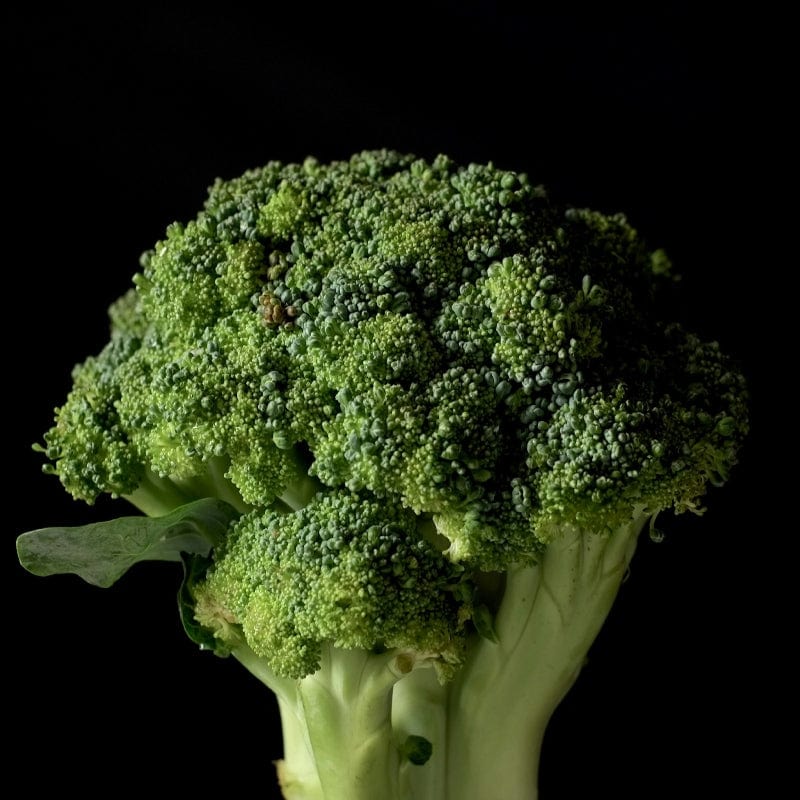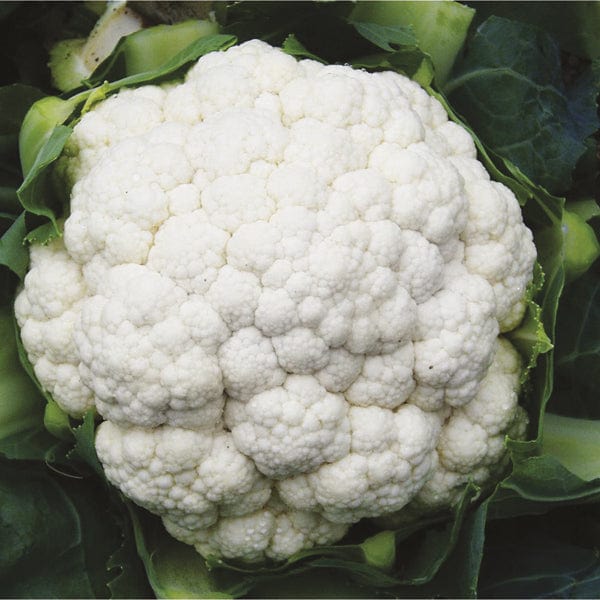Although the seeds of some short-term crops such as radishes and of various indoor plants can be sown over a considerable period, this is not true of the majority. Due to the seasonality of our climate the sowing time is fairly critical for many, particularly half-hardy annuals and some vegetables, if satisfactory results are to be achieved.
For this reason it is most important to stick to the sowing periods indicated in our sowing charts or on our seed packets. Apart from bad germination, poor yields or delayed flowering, sowing at incorrect times can also lead to such problems as running to seed of vegetables (‘bolting’) and increased incidence of pests or diseases.
Sowing too early can be almost as bad as sowing too late so don’t be in too much of a rush to get seeds in, particularly if you don’t have ideal conditions for growing the seedlings on indoors or the ground and weather outside are cold and/or wet. The earliest sowing dates given on seed packets are usually for the mildest and most favoured parts of the country only and, for outdoor sowings, it is best to wait until you can feel ‘spring is in the air’ and the soil is beginning to dry out and feel crumbly. As long as they are put in within the recommended period, later sowings often catch up and those indoors require much less heat. Later seedlings under glass are also less inclined to become drawn and leggy, less prone to disease and less liable to result in overgrown, pot-bound plants before they can be planted out. Later sowings outdoors usually give by far the best and most reliable germination.
Sowing indoors (‘under glass’)
Many of the plants that fill our gardens through the summer, including outdoor varieties of tender vegetables and a few herbs, are not frost hardy and require a longer growing season than would be possible if their seeds were not sown until conditions outside were suitable for germination. For this reason their seeds need to be sown indoors in a greenhouse or conservatory, on a windowsill or, in some cases, in a cold frame. True indoor and greenhouse plants are, of course, also sown ‘under glass’ as are some hardy annuals, perennials and vegetables where an early start is desirable.
As young seedlings are very fragile and, in the first days after germination, vulnerable to disease, cleanliness is all important. All pots, trays, propagators, labels etc., if not new, should be well scrubbed, using a garden disinfectant, and then thoroughly rinsed.
Compost and containers
For almost all seeds not sown directly in the garden a moist peat-based or other soilless seed sowing compost is recommended. General purpose composts can also be used although it may be necessary to sieve out larger lumps. John Innes seed compost is preferred by some, is best for a small number of seeds which take a long time to germinate and has the advantage of being sterilised. Compost brought in from outside on a cold day should be given time to warm up before being used.
Most seeds are sown in seed trays or small plastic pots or half pots (often called ‘pans’) although other clean plastic containers can be used as long as they are provided with drainage holes. It is better not to use larger sized normal pots as the seedlings are not in them long enough to need the extra depth. For sowing larger seeds a variety of plug trays, cell inserts which fit inside seed trays and extra deep cells called ‘rootrainers’ are now available. Cubes of a fibrous material known as ‘stone wool’ and plugs of peat/coir mix called Jiffy7s can also be used. All of these allow seedlings to be later transplanted without root disturbance and ‘rootrainers’ are ideal for seedlings, such as sweet peas and runner beans, which quickly develop deep root systems.
Fill the tray or pot you are going to use to the rim and sweep off any surplus with your hand or a suitable implement such as a large label. Then tap it sharply on the bench or table to settle the compost and give a final gentle firming with the bottom of another tray or pot. This should leave a large enough gap at the top of the tray or pot that it will not be filled completely to the rim even after any covering of the seed has been carried out. It is important not to over-firm, though, as compost which is too compacted may not drain sufficiently and may make it more difficult for seedling roots to penetrate.



